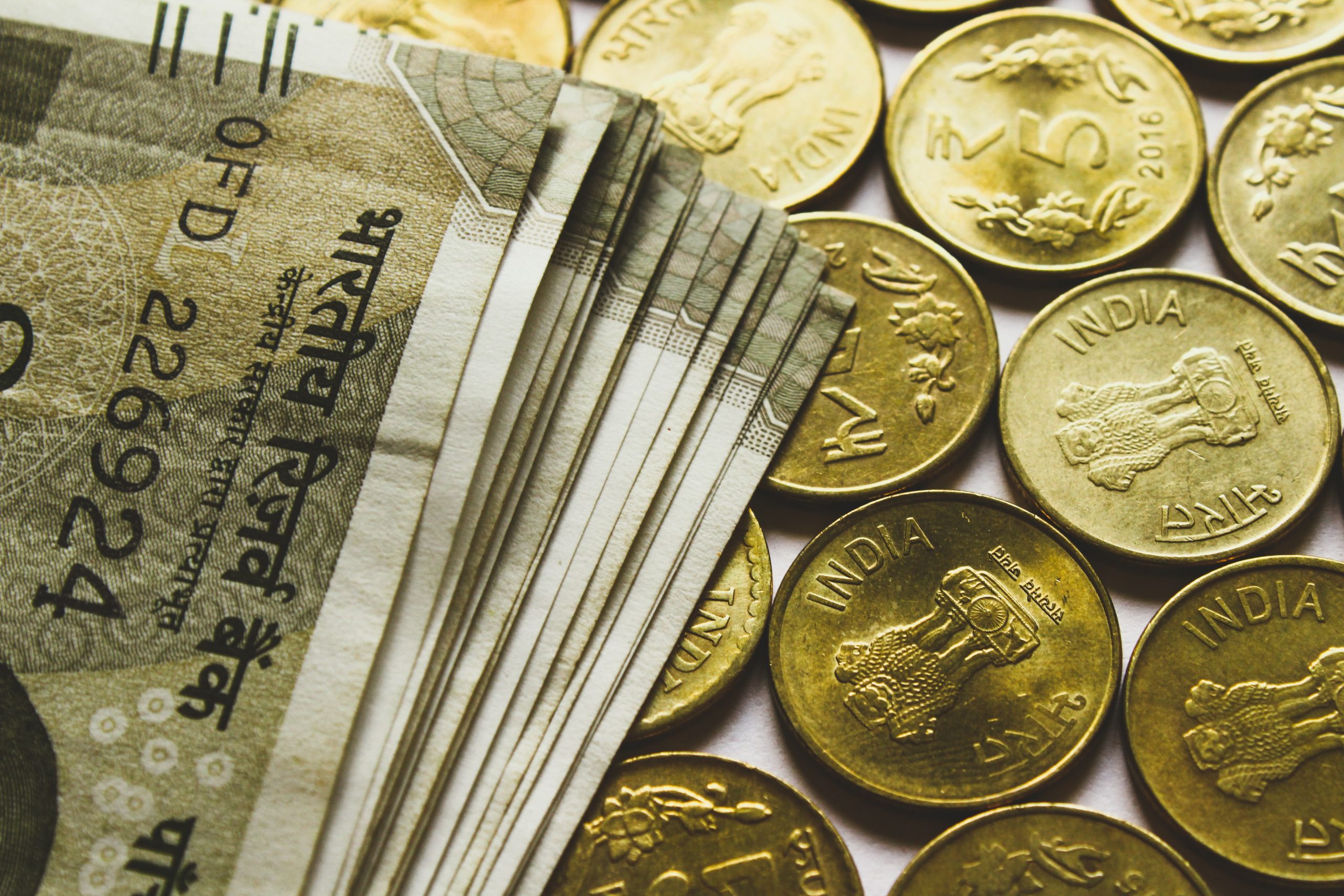Why, despite strong evidence of anti-incumbency, does Congress not fare better in elections? Some say Rahul Gandhi is a lousy leader. Others say the party has lost out by promoting Hindutva Lite.
A separate major reason is Congress’ image of entrenched corruption, built over decades and buttressed in 2004-14. Narendra Modi has a clean image, despite persistent Congress attempts to paint him as a lackey of the ‘suited-booted’ plutocracy. Hindu nationalism is the main reason for BJP’s rise, but Modi’s clean image also matters.
The accompanying table gives international corruption rankings by two globally respected institutions. Transparency International (TI) measures corruption as perceived by Indian businessmen. TRACE, an international business association, measures bribery risks foreign investors face in different countries. TRACE ignores perceptions or risks faced by domestic investors and focuses on those facing foreign investors. It gives weightage to the number of investigations and cases under anti-corruption laws in major western countries on investment abroad. These measures are far from perfect, and one can pick holes in them, but they are the best available.
India’s rank measured by the TRACE index has improved from 185th in the world in 2014 to 77th in 2020. So, it has improved from horrible to middling. Back in 2014, India’s rank was worse than in dubious neighbours — Bangladesh (175th), Nepal (165th), Pakistan (173rd) and Sri Lanka (142nd). But by 2020, India was far ahead of them.
Bhutan is the only reasonably honest country in South Asia, going by the rankings of both TRACE (48th) and TI (24th). Possibly that justifies its reputation for happiness.
The TI Corruption Perception Index shows India improving from 94th position in 2013 to 86th in 2020. This is a clear improvement, but nothing as dramatic as TRACE suggests. Almost all India’s rise in TI rankings occurred in Modi’s first year, 2014.
To measure corruption in absolute terms, TRACE provides a score for each country. A rising score means less corruption, India’s score is up from 45 in 2014 to 80 in 2020, a big jump. TI’s score shows a modest improvement, from 36 in 2013 to 40 in 2020. Corollary: foreign investors have benefited far more than domestic ones from reduced corruption. This could be one reason why foreign investment has soared under Modi.
Some political analysts say these measures of corruption are totally misleading. Modi has introduced a scheme of electoral bonds. Companies can buy tax-free bonds from the State Bank of India (SBI) and deposit these, anonymously, in the bank account of any political party. This aims at replacing black money with white in politics and improving corporate transparency.
Critics say this is just a cloak for opacity and corruption of another kind. Donations are supposedly secret. But no businessman is really sure. Some are Modi-admirers, others are fearful. An official reply to a query under the Right to Information (RTI) showed that 95% of electoral bonds went to BJP in 2017-18.
Besides, say critics, GoI eliminated the earlier cap on corporate donations of 7.5% of net average profits and expanded the foreign entities that could make donations. It overruled objections from RBI and the Election Commission (EC) and opened additional windows of time for companies to buy bonds at critical times before state elections.
Critics call this institutionalised corruption in place of under-the-table corruption. They highlight BJP’s ability to ‘persuade’ MLAs in Karnataka and Madhya Pradesh to resign in large enough numbers to topple non-BJP governments, shelling out humungous sums.
I became a journalist in 1965 and have personally witnessed more of Congress’ heyday than today’s younger analysts. I cannot agree that the problem was less in the good old days and has worsened. Jawaharlal Nehru allowed corporate donations. But Indira Gandhi stopped that in her ‘Garibi Hatao’ phase. She raised income-tax rates so high that it ruined business honesty. For sheer survival, businessmen milked as much black money out of companies as possible. They openly told me that virtually all political donations were in cash, not by cheque. Rajiv Gandhi made corporate donations legal again. But white money donations did not rise dramatically, and black money still dominated.
Businessmen typically give money to those in power that can give favours or harass them. This has little to do with ideology. Critics who complain of the dominant share of BJP in donations today are naïve. The share of the ruling party was just as dominant in Congress’ heyday.
Forget donations, most black money was simply extorted and pocketed by politicians, not spent on elections. Naveen Jindal, both an industrialist and Congress politician, once said barely 1% of money extorted from business was spent on elections. Congress was legendary for toppling governments by purchasing defectors. Absolute political spending has skyrocketed since the Congress heyday, but so has nominal GDP.
Corruption remains substantial. Electoral bonds have by no means ended black money in politics. But the change in rankings by TRACE and TI indicate that things have got better, not worse. I have joined other critics in lambasting BJP on secularism, human rights and institutional erosion. I cannot agree with them that corruption has merely been whitewashed by electoral bonds.
This article was originally published in The Economic Times on April 5, 2021.


